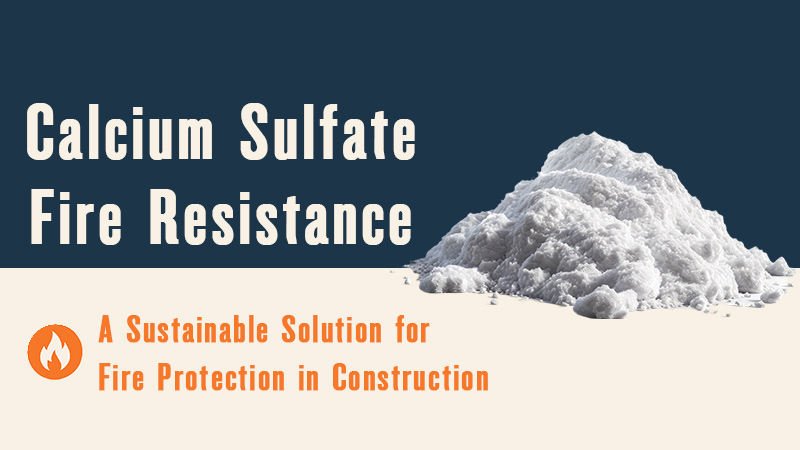Different Gypsum Formation Modes

Sabkha Sulfate and Nodular Anhydrite
Today, marine sulfate deposition takes place mainly in upper mid-littoral zone and upper littoral zone. where initial gypsum-anhydrite formation phase is observable. Gypsum is deposited through transformation of sediments into plate-shaped, petrified rose, selenite, and twining crystals sized 1 mm – 25 cm. Anhydrite is also deposited in form of thin layers or mixed nodules layers in areas closer to shore. Formation of anhydrite requires dry climate with high average annual temperature (above 22°C), and seasonal temperature of 35°C and above. Where climate is moderately dry, the primary nodules made of gypsum crystals may be formed in sediments.
Gypsum Growth at the Bottom
this crystals may be deposited at bottom of lakes, marshes, and shallow plateaus near evaporation basins in variable crystal forms. Some of these crystals are fairly visible (as large as up to 7mm. ) The selenite gypsum usually grows vertically, almost like grass, in form of singular (prismatic), twin (hemimorphic), and cleavage crystals. It consists of abundant curved surfaces due to presence of the organic impurities.
Some of the layers of gypsum crystal appear in a specific claw-shaped form (like the palm leaves. ) The Gypsum cones are also found as the reniform or the the colloform masses. There’re plenty thin clay laminates and clastic gypsums in silt and ploidy sizes in gypsum layers grown at the bottom. where the stromatolite horizons may be found as well.
Laminated Sulfates
Laminated indites (or gyspsum) are formed by the sequence of thin laminated sulfates with different compounds. that are usually calcite and calcite enriched by organic materials. Thin gypsum-inderite laminates found in salt are known as a type of salt. Anhydrite-calcite and anhydrite-organics pairs are typically thinner that few millimeters, but can make sequences as long as hundreds of meters. Sulfate crystals are generally extremely fine (1-10 µ) and are possibly deposited in layers of the water mass.
Redeposited Sulfates
Gypsum-anhydrite might be moved and redeposited after initial deposition (under the water or on the shore. ) Alternatively, they might be moved by the wind, waves, and current processes to form clastic deposits. The repeated gypsum movements between intertidal zones will result these items. sulfates formation with oblique rippled laminates, intraformational conglomerates gypsum crystals made, gypsum stromatolites (where clastic aggregates trapped by microscopic organisms. )
Secondary and Fibrous Gypsum
The secondary gypsum is formed when the anhydrite sequence comes up (long after formation. ) and is exposed to the sweet underground waters near the surface. It is a common belief that fibrous gypsum grows under pressure of the saturated fibers made by hydraulic fractures. However, source of the gypsum is not known. Some believe that it is sources from the added volume of sulfates caused by anhydrite saturation. where some others believe that it is derived from the sulfate-enriched waters of the pores.







